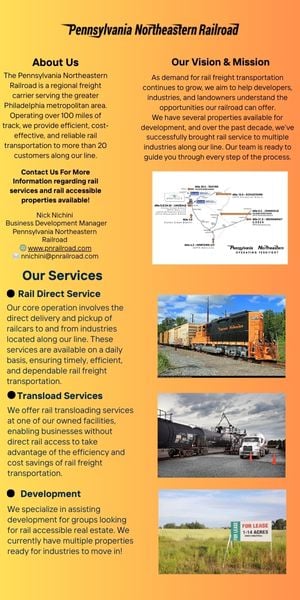Parking Perplexities: Developers Face New, Growing Challenges

Shared parking paired with technology offers solutions for changes in building usage.
Providing parking for commercial properties has always been a challenge for developers, but it’s even more so today. Why?
First, no one really knows where parking needs and requirements are heading, especially for commercial office space. On one hand, there is the densification of work space, which has seen the square footage per employee decrease. According to research from Cushman & Wakefield, the national average in 2018 was 194 square feet per employee, which is down 8.3 percent from 2009. That suggests more parking is needed for office users and their buildings, which now have more people working in the same amount of space.
Less Need for Spaces
However, trends indicate that parking requirements and needs will be reduced.
Alternate travel modes such as mass transit, bikes and scooters, and ridesharing services such as Uber, Lyft and Zipcar are making not owning a car a viable choice, especially for younger entrants into the workforce. There may be more people coming to the office, but fewer of them arrive in their personal cars and need a place to park.
The larger emerging trend that radically changes parking needs is the driverless car. If a vehicle can drop a passenger off at an office and go park in an area where the real estate is cheap, there is little need for onsite parking. The premium real estate will go to the human users, while the less expensive real estate will house the cars that take those users where they want to go.
What Can Developers Do?
These trends, along with municipal requirements and regulations, have developers in a conundrum. Some localities continue to require parking minimums while other areas ask for parking maximums. In rare cases, such as near some of Atlanta’s core rapid rail stations, no parking is required by local ordinances, so parking numbers are driven solely by tenant demand.
The immense cost of building parking has created another vexing problem for developers. According to a recent report by Rider Levett Bucknall, structured parking can cost $25,000 per space or more to build, so finding a way to reduce these expenses has become critical. If these high costs cannot generate any return because the parking spaces are not needed at all, and the parking structure cannot be converted to another use, the danger of spending too much on a part of the project that has little utility becomes an even larger threat to a developer.
The Sharing Economy of Parking
To address this concern, developers should consider a shared parking arrangement with an adjoining use. A popular method is having an office share a parking deck with a use that does not need the spaces during the workday, but does need them at night and on weekends. Examples of commercial real estate uses that are harmonious with such time frames are hotels, multifamily developments, and churches or other places of worship.
Typically, the way these work is that some portion of the deck is dedicated to one use (an office), another portion is dedicated to the other shared use (multifamily occupants), and a third portion is shared between the two. This third portion is sized to meet the peak demand for each tenant, with the intention that there will be enough shared spaces to accommodate everyone who needs to park.
There are challenges with shared parking, especially if the different uses bleed into one another. For example, while office parking is generally needed from 8 a.m. to 6 p.m., it is not universally used in that fashion, and it’s neither possible nor ethical to tow the car of every office user who does not leave by 6 p.m. The same goes for an apartment resident; they may generally only need a parking space from 6 p.m. to 8 a.m., but that also is not universally true.
The Technology Solution
Technology can ease the challenge of shared parking with sensors or counters. Counters are typically employed at the entrance gate to a parking deck or at gates internal to the parking deck that restrict access to certain reserved areas. These can give an overall view of parking availability for specific users but do not necessarily pinpoint the location of open spaces.
Individual sensors on each parking space, while typically a more expensive alternative, can count exactly how many parking spots are open at any time, determine the location of these spaces, and then feed data to an overhead display sign that shows how many spaces are available on each level of the parking deck. That helps an entrant into the parking deck see where they can easily find a parking space. Such sensors have typically been deployed in mixed-used developments with high parking needs at various times and in large public decks, such as those at airports or major rail transit stations.
As technology advances and costs decrease, such sensors show promise for use by private developers seeking to “right size” their parking facilities and investment.
Mark Elliott and David Kirk are partners in the real estate practice at Troutman Sanders, and Jenna Lee is an associate at Troutman Sanders.




